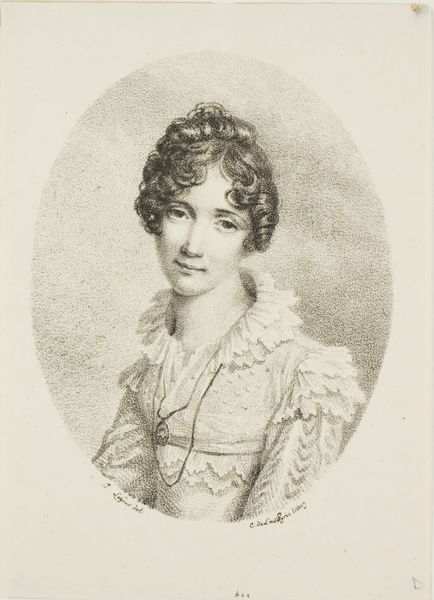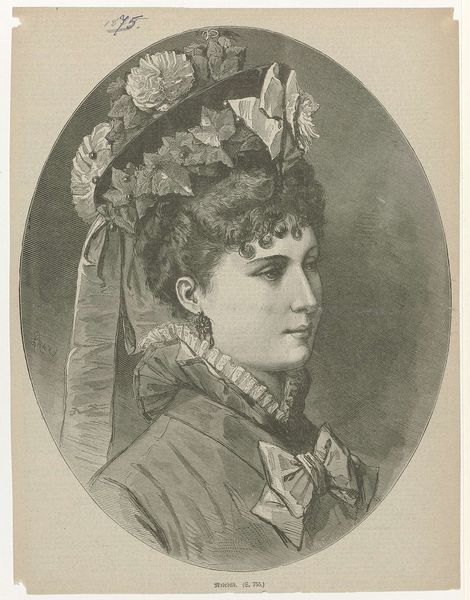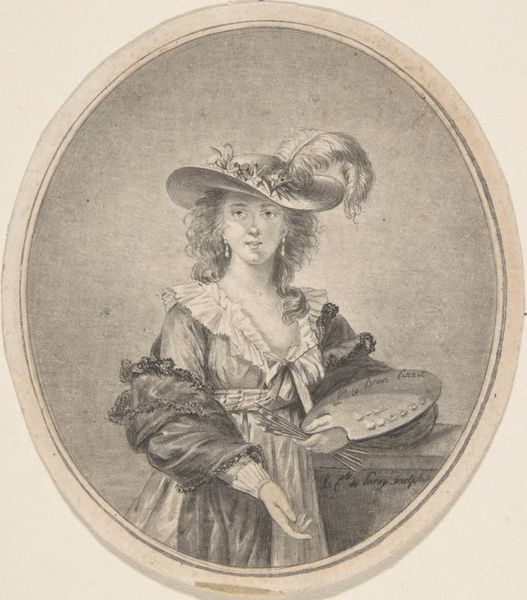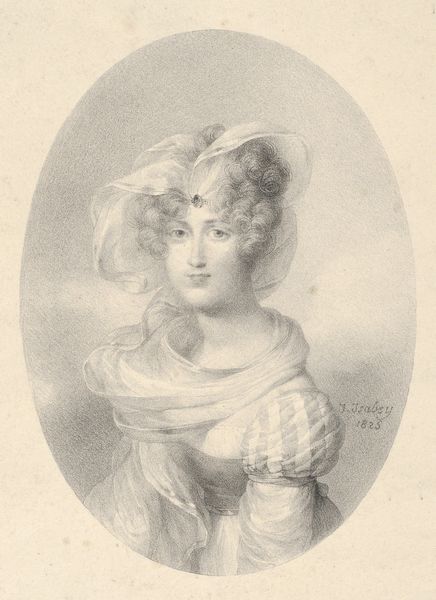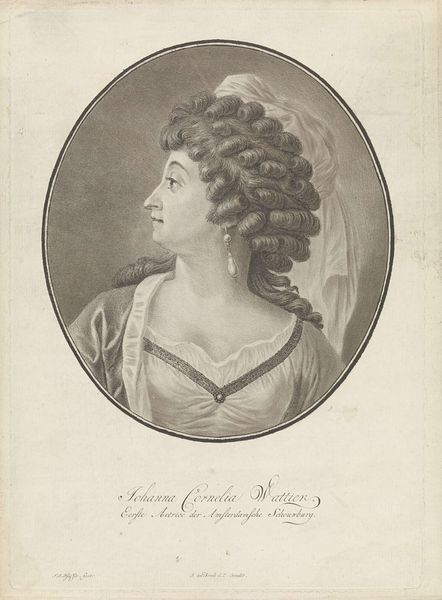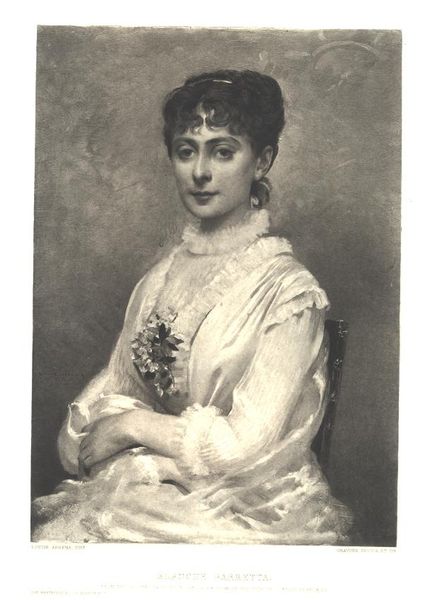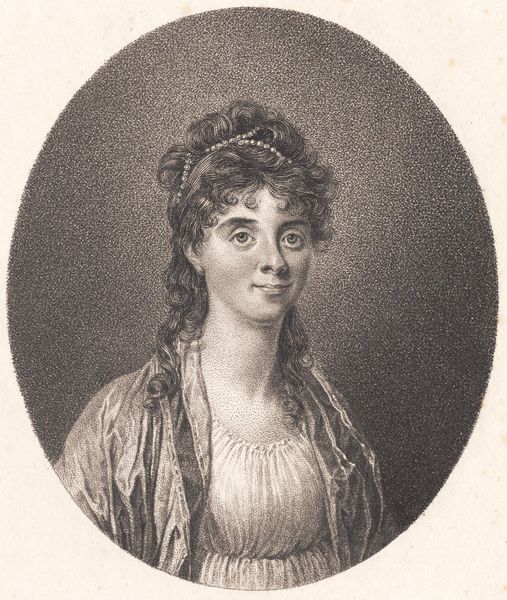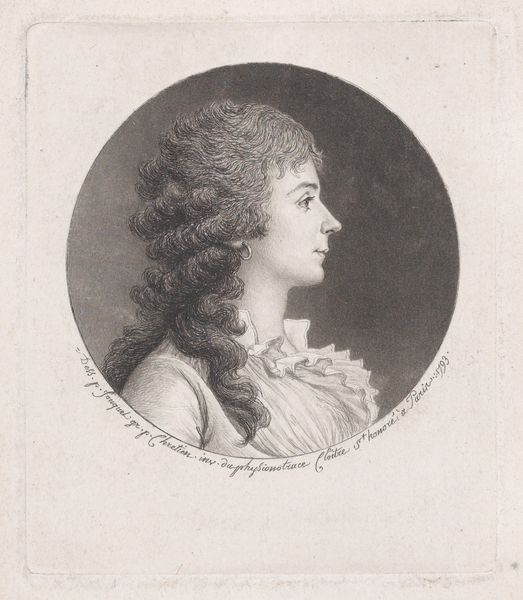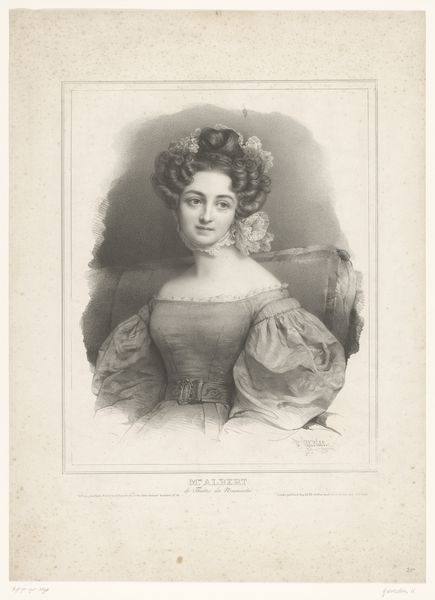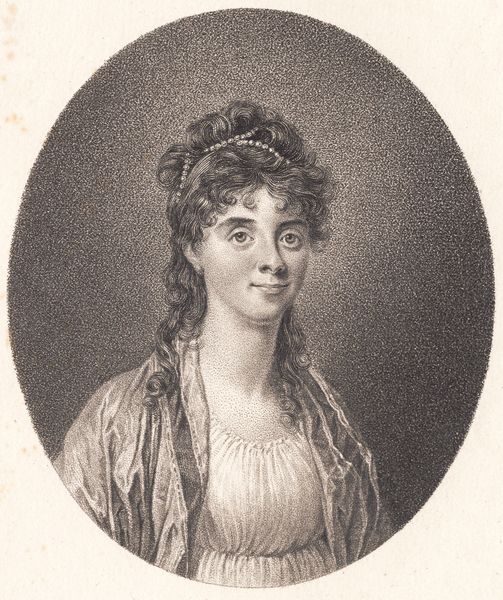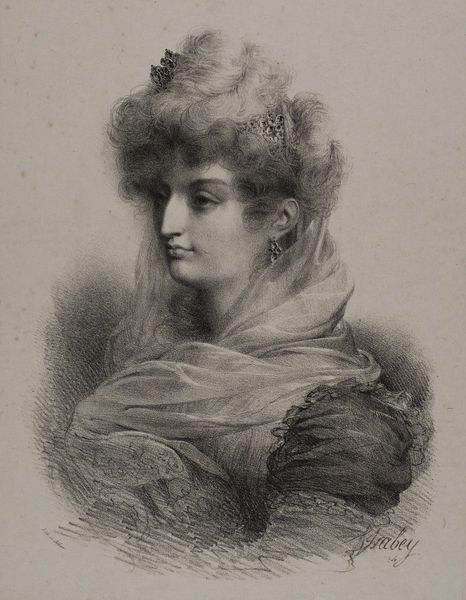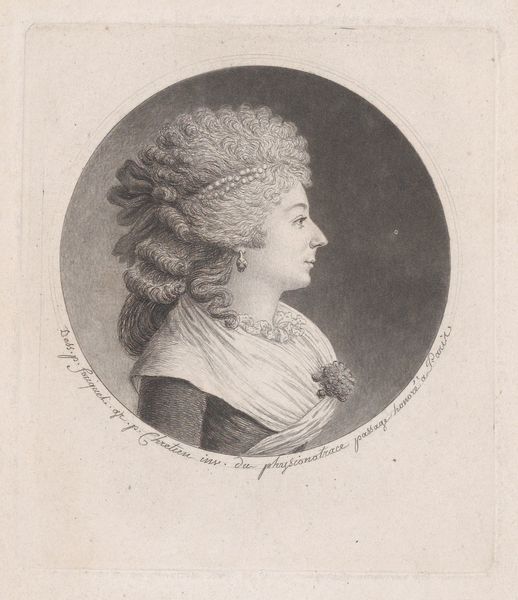
painting, oil-paint
#
portrait
#
painting
#
oil-paint
#
romanticism
#
19th century
#
history-painting
#
realism
Dimensions: 79 x 63 cm
Copyright: Public domain
Editor: Here we have Franz Xaver Winterhalter's "Portrait of Katarzyna Potocka," created around 1850 using oil paints. She looks so elegant, almost like a porcelain doll. What stories do you see embedded in this image? Curator: It's tempting to focus on her beauty, isn’t it? But consider the social dynamics at play. Katarzyna, a Polish noblewoman, is carefully posed. Winterhalter was known for painting European aristocracy, and this portrait participates in constructing and reinforcing that power. How does the romantic style and her fashionable attire contribute to her identity as a member of the elite? Editor: The enormous hat and the lace shawl definitely scream wealth! So you're saying that a seemingly innocent portrait can reveal power structures? Curator: Exactly. Think about who gets memorialized in art, who controls the narrative. These portraits weren't just about likeness; they were strategic image-making, reinforcing social hierarchies. In a world marked by rigid class divisions, this painting solidifies her position, but what does it tell us about the experiences of those who were not privileged enough to be immortalized in this manner? Editor: That’s such a powerful point. I never really considered the imbalance in whose stories get told. It really challenges how we view historical portraits, and the need to look for the voices and experiences of the underprivileged. Curator: Indeed. And how can we relate this to contemporary inequalities? By critically analyzing the past, we can recognize similar patterns of representation in our own time. Editor: This has really opened my eyes to the role art plays in both reflecting and shaping society. I see portraits so differently now!
Comments
No comments
Be the first to comment and join the conversation on the ultimate creative platform.
